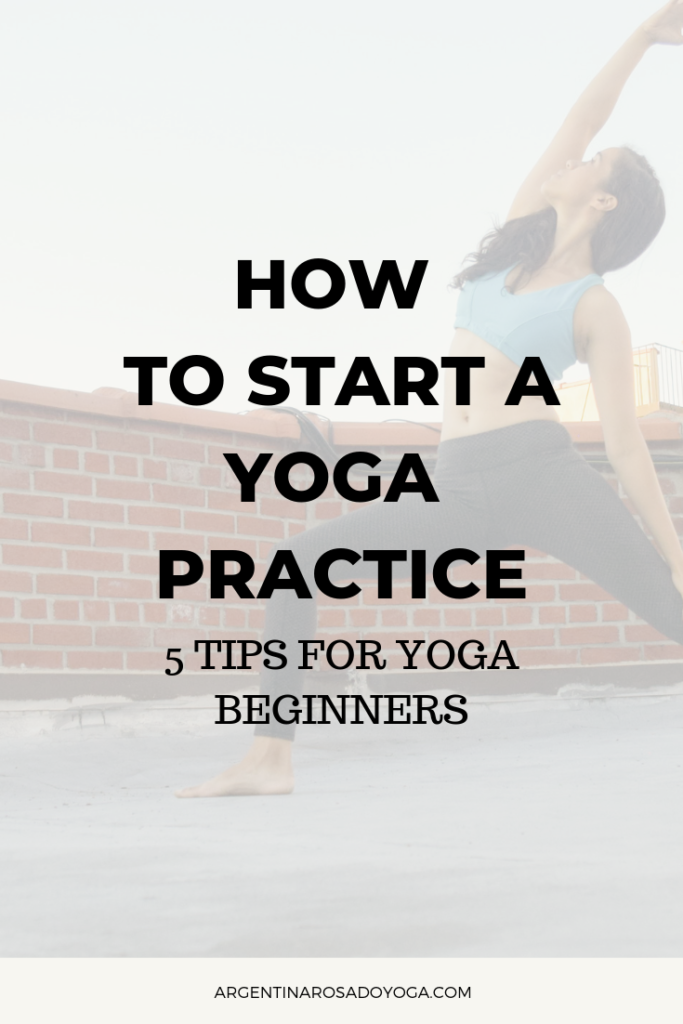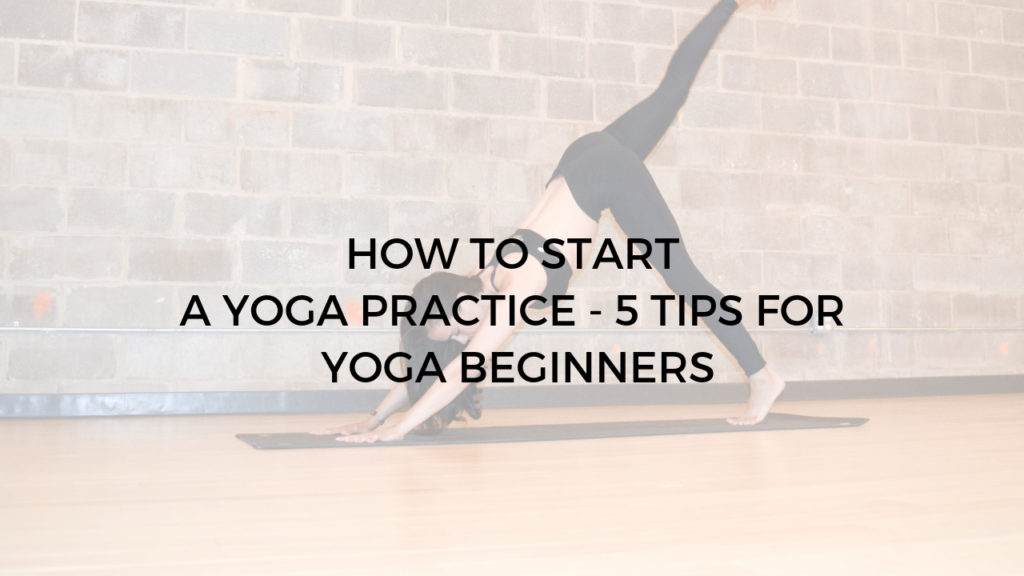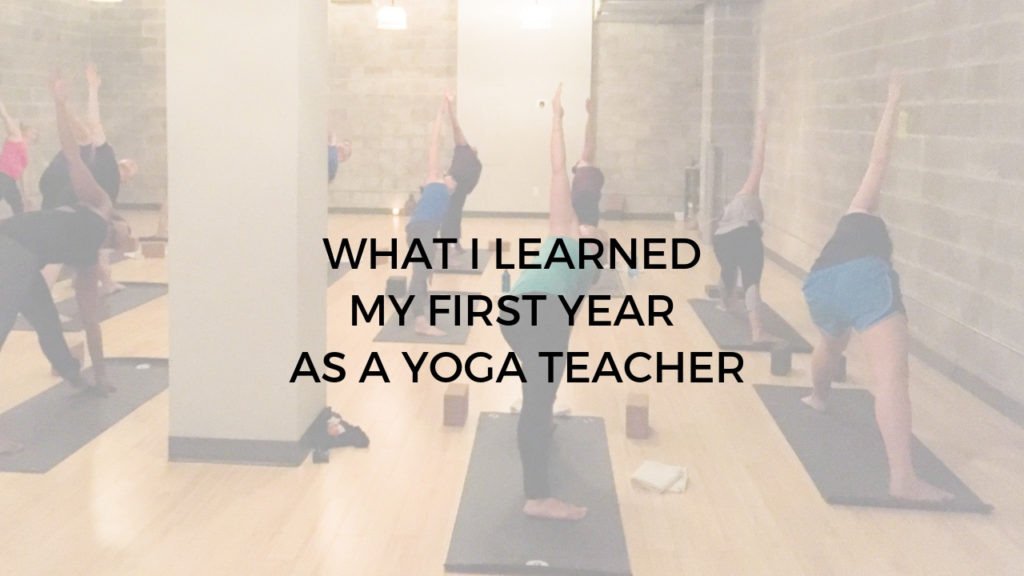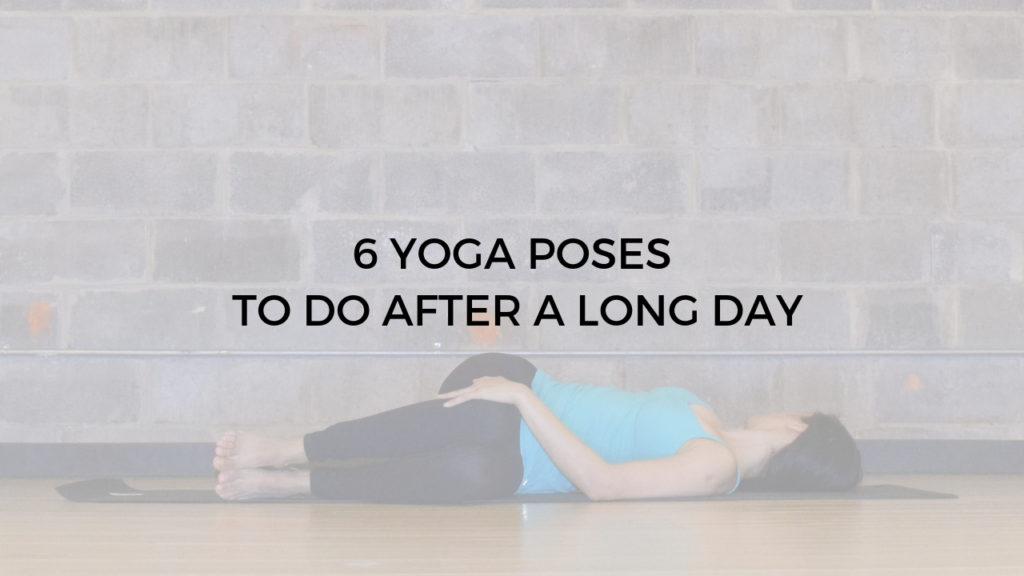When I tell people that I’m a yoga teacher, a typical response usually goes something like this:
“I want to try yoga but I’m not flexible”
“I’m don’t think I’ll be good at it”
“I don’t have time”
“it’s too boring”
and so on…
Sometimes, I see new students come to class and notice their frustration and disappointment when they can’t keep up or do a certain pose. Some even walk out of the class. I don’t blame them because I wanted to walk out of my first public class too.
It was so hard for me and I just couldn’t keep up. There was nothing relaxing about it. Well, look at me now. I’m a yoga teacher who wholeheartedly believes in the healing power of yoga.

Here’s the ONE thing I want everyone to understand. Yoga is for EVERYONE. If you can breathe, you can do yoga. Sure, you will go through your growing pains just like everyone else, but it is a beautiful journey and the things you learn along the way are absolutely priceless.
So before you take your first class or before you decide to call it quits, here are 5 things I’d like you to keep in mind:
1. Know that yoga is for every body
Yoga is not just what you see on Instagram or yoga advertisements. Most of the poses that you see on social media are quite too advanced and not necessarily taught in a beginner level class. Now don’t get me wrong, a lot of Instagram yoga personalities are actually quite inspiring and educational.
A lot of the images that you see however, are more about photography or gymnastics than they are about yoga. Again, don’t get me wrong, there is nothing wrong with beautiful photography, especially when it involves yoga. But I think it’s important that we understand the differences and that we are conscious about what we believe to be true, especially in social media.
So no, yoga isn’t about being flexible or being able to do a handstand, looking pretty in photos, or putting your leg behind your head.
If you ask different people what yoga means to them, you will most likely get different answers. By definition, yoga means “to yolk,” to unite, or to connect mind, body, and soul, and to be in the present moment. This present moment awareness can be achieved while doing something as challenging as an arm balance, or as simple as standing in mountain pose.
So it’s not really about the pose you are doing, but more about the state of mind you are in. Present moment awareness, a state of joy and bliss, is available to anyone, regardless of age, body type, race, or religion. You may, or may not experience this level of consciousness on your first yoga class, or after years of practice, but like Sri Pattabhi Jois once said “do your practice, and all is coming.”
2. Find a yoga style that works for you
There are many styles of yoga. They are all beginner friendly and beneficial to your health and wellbeing. There are, however, many differences in how they are practiced, their philosophy, and effects. Before you begin, it’s important to understand what each style is about, and that you choose one that resonates with you and your lifestyle.
For instance, if you are sensitive to heat, then obviously hot yoga is not for you. In Ashtanga yoga, you would practice the same sequence of postures, six days a week, and mostly in the morning. So if you like variety or you are not a morning person, then Ashtanga is probably not the best choice.
A friend once told me that he quit Bikram Yoga after six months because he got tired of the same poses over and over. Another friend mentioned that a teacher made her hold a not-so-comfortable pose for a really long time. It turns out that she was in a Yin class where deep stretches are held for a long time, usually 5-10 minutes.
In a Vinyasa yoga class, the pace and intensity varies depending on the teacher or studio. If you are a complete beginner, I suggest trying a beginner Vinyasa or Hatha yoga class, instead of an “All Levels” class. As you can see, each style is different.
Do your research and try not to label your experience based on your first class. Try different instructors, different types, and choose the one that best resonates with you.
3. Enjoy the beginner process
To get comfortable, you first have to be uncomfortable. There are no shortcuts. As humans, we tend to judge our abilities based on a first try. Like when you start a new job and don’t know anything, or when you sign up for the gym and quit after the first month because you didn’t lose any weight, or when you try yoga and you think you’re not flexible enough. Every process takes time and patience. A baby will fall many times before it can learn to crawl or walk.
On your first yoga class, know that it’s okay to fall out of a pose, to be out of breath because you’re trying to keep up, to not know the names of the poses, or to shake when you’re holding a challenging pose. It’s ok. It’s all ok. Enjoy the journey, keep doing your practice, and all will be coming.
4. Don’t compare yourself to others
Everyone is perfectly different. Although we come from the same cookie batter, two cookies will never come out the same. We have different body types, different lifestyles, different journeys, and different mindsets. It would be unfair for me to compare my flexibility with that of a dancer or a gymnast, or to compare my alignment with the teacher’s alignment.
The fact that one person can hop into a handstand and another person can’t doesn’t necessarily mean that one is more capable than the other. Maybe it just means that one person has been practicing for years, and the other person hasn’t. That’s all.
So please don’t think you are not good enough just because you cannot get into the pose that the person next to you is doing. Your body may not be ready so be patient with it. It’s your practice, your body, and your journey.
5. Remember to breathe
Your first class can be overwhelming. There will be times when you’re too busy trying to figure out a pose, or trying to keep up with the flow that you forget to breathe properly. Like I mentioned earlier, this is normal and it happens to everyone.
When you’re holding a pose, find your gaze point (drishti) and breathe. Observe your long inhalations and exhalations, and feel the pose in your body. When you’re flowing one breath per movement, try to match the length of the breath with the length of the movement. Ideally, the movement should never be faster than the breath. If your breathing becomes too short or too fast, it may be a sign that you’ve gone too far into the pose, or moving too fast.
A few things on etiquette:
- Remove your shoes before entering the practice room. This may be an obvious one, but some people still don’t know that yoga is practiced barefoot.
- Avoid leaving class early – This is not only rude, but it can be distracting to others in class. If you must leave early, let the teacher know ahead of time and find a spot near the door so you don’t disturb the class. Of course, if the teacher is being disrespectful in some way, then by all means you don’t need to sit there and take it. Avoid leaving during Shavasana (Corpse pose).
- Go with the flow – It’s one thing to challenge yourself, to try different variations of poses, or to take Child’s pose when you need to rest, and another thing to do something entirely different than what the teacher is cuing you into. This can be unsafe and distracting to the teacher and to other students in class.
- Let your teacher know ahead of time if you have any injuries and if you prefer not to be adjusted during class.
- Don’t text during class. Seriously, I have seen people do this during Savasana. So please don’t. If it’s an emergency, you can step out of the studio so you won’t disturb the class.
FREE Yoga Nidra for Anxiety and Stress



i really enjoyed this website. All of the advice is great. I’m going to be trying yoga for the first time tonight and I am nervous but excited for the new journey. Lord knows I need it. Lol. In about 2 weeks I will be going to my first class. I will be trying some yoga videos on youtube for the first try. My best friend and I will be taking the class together. Wish us luck!! And Thanks
That’s awesome!! You will do great. Remember the first few days may be confusing. That’s normal, so don’t give up.
That’s awesome! Congratulations on your new journey. You will be great. Remember that it’s normal to feel confused at first 🙂 Don’t give up.
Pingback: 8 powerful quotes to inspire positive change | ARGENTINA ROSADO YOGA
Pingback: How To Start A Yoga Practice – 5 Tips For Yoga Beginners – Medi Idea
Pingback: 5 Ways to Practice Yoga on a Budget | Argentina Rosado Yoga - New York
I used to go to yoga everyday a few years ago and then I had a knee injury that still acts up. It took a few years for it to fully heal. Now that it has, I’d love to get back into yoga! This post has really motivated me to try it again! (:
I’ve wanted to get into yoga to gain back the flexibility I’ve lost over the years especially in pregnancy hoping once I’m able I can throw myself back into it so thankyou for the tips 🙂
This is great! I am a retired ballerina and yoga really helps keep me limber and not so stiff! Thank you for the tips. The breathing one is super important and can change the entire effect of the session!
These are great tips for a newbie to yoga!
I did yoga years ago religiously and then life got busy with my twins. I’ve been setting aside 15 minutes a day to start before going to a class, but I think this post just confirmed i need to go to a class today! Thanks for sharing 🙂
I felt the same on my first public yoga class, but now I’m obsessed with yoga. I do it every day, although my poses aren’t the best. But breathing helps a lot. Thanks for the tips! 🙂